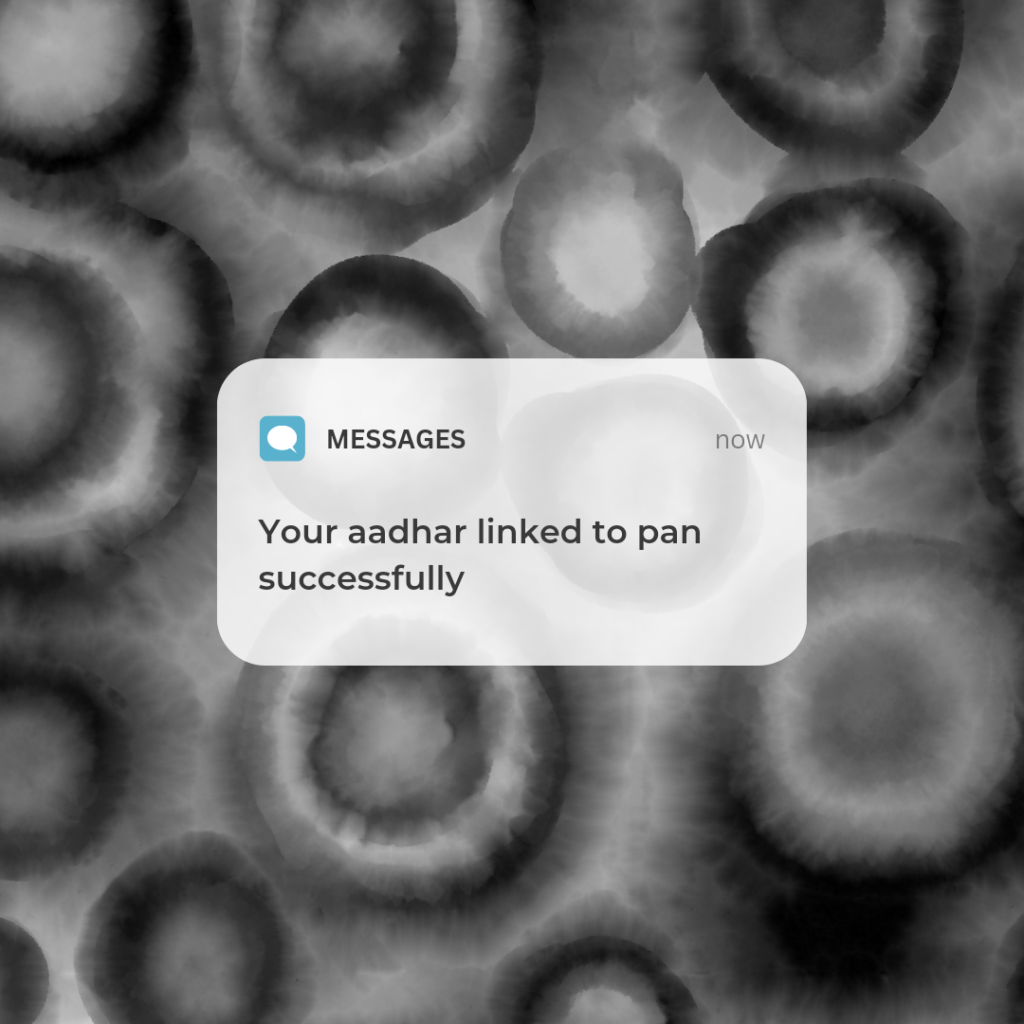Low-carb diets have gained popularity for their potential to aid in weight loss and improve certain health markers, such as blood sugar control. However, not all low-carb foods are created equal. Here’s a list of some of the best and worst low-carb foods:
https://sumhelath.com/wp-admin/post.php?post=975&action=edit
Best Low-Carb Foods:
- Non-Starchy Vegetables: These are rich in fibre, vitamins, and minerals while being low in carbohydrates. Examples include broccoli, spinach, kale, cauliflower, zucchini, and bell peppers.
- Leafy Greens: Greens like lettuce, arugula, and Swiss chard are extremely low in carbs and calories.
- Berries: While fruits are generally higher in carbs, berries like strawberries, blueberries, and raspberries are relatively low and offer antioxidants and fibre.
- Nuts and Seeds: Almonds, walnuts, chia seeds, and flaxseeds are nutrient-dense and provide healthy fats and protein along with low carbs.
- Lean Proteins: Chicken, turkey, fish, and lean cuts of beef or pork are excellent sources of protein without excessive carbs.
- Eggs: Eggs are very low in carbs and are packed with protein and essential nutrients.
- Dairy: Some dairy products like Greek yoghurt and cottage cheese are low in carbs and high in protein, but watch out for added sugars in flavoured varieties.
- Avocado: Avocado is a low-carb, high-fat food that provides healthy monounsaturated fats and fibre.
- Olive Oil: A good source of healthy fats, olive oil can be used for cooking and drizzling over salads.
- Unsweetened Tea and Coffee: These beverages are carb-free and can be consumed without added sugars.
Worst Low-Carb Foods:
- Sugary Drinks: Soda, fruit juices, and energy drinks are high in sugar and should be avoided on a low-carb diet.
- Candy and Sweets: These are packed with sugar and offer no nutritional value.
- Processed Snack Foods: Chips, crackers, and most packaged snacks are often high in unhealthy fats and refined carbs.
- Bread and Pasta: Traditional bread and pasta are high in carbs and should be limited on a low-carb diet. Look for low-carb alternatives like almond flour or coconut flour-based products.
- Sugary Cereals: Most breakfast cereals are loaded with sugar and carbs.
- Starchy Vegetables: Potatoes, corn, and peas are higher in carbs compared to non-starchy vegetables.
- Fruit Juices: Even 100% fruit juice is high in sugar and lacks the fibre of whole fruits.
- Beer: Alcoholic beverages like beer contain carbs, which can add up quickly.
- Sauces and Condiments: Many sauces and condiments, such as ketchup and barbecue sauce, contain added sugars.
- Dried Fruits: Dried fruits are concentrated in sugar and can quickly increase carb intake.
When following a low-carb diet, it’s essential to focus on whole, unprocessed foods and read labels to avoid hidden sources of added sugars and carbs. Additionally, the specific amount of carbs that can be consumed on a low-carb diet varies from person to person, so it’s advisable to consult with a healthcare professional or registered dietitian to determine the right carb intake for your individual needs and goals.



